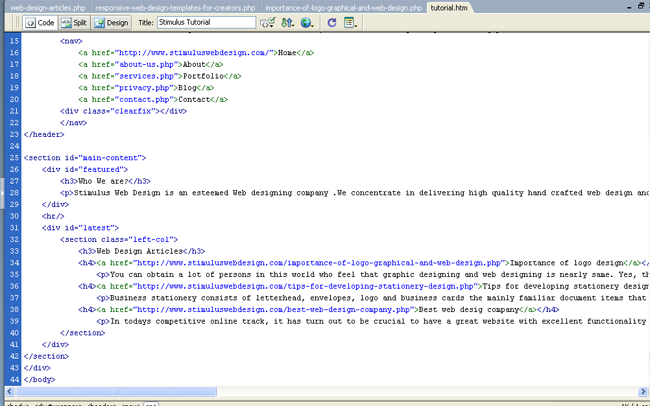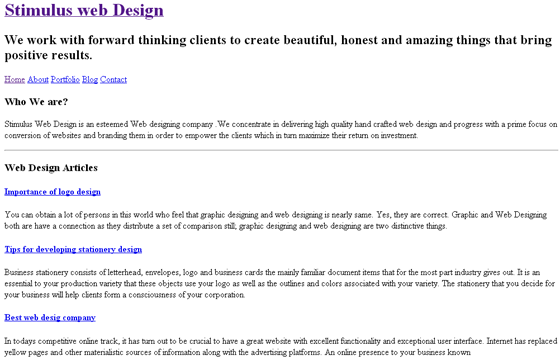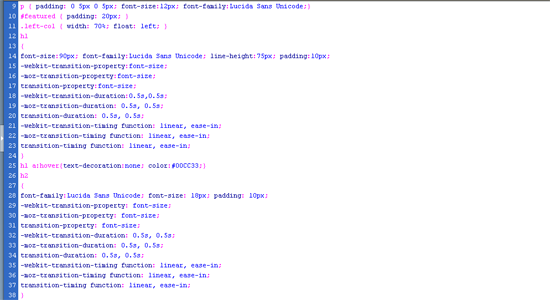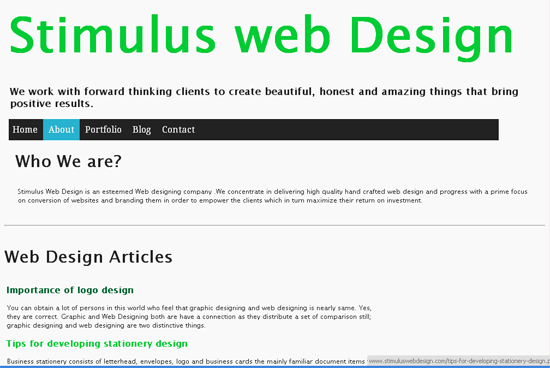The definition of Responsive Web Design is that our websites should acclimatize their layout and design to fit any devices that prefer to display it.
Responsive web design templates for creators
The definition of Responsive Web Design is that our websites should acclimatize their layout and design to fit any devices that prefer to display it. It is the process of organizing the design in a way that all the significant detail is obtainable in a user clear way in any kind of device or screen size. Most of the designers will select a grid based design as it’s easy and simple to handle grid based layouts in different kind of devices.
Responsive web design has a three parts:
- Fluid grid
- Fluid image
- Media Queries
- Fluid Grid:
- Fluid image:
- Media Queries:
In web design, fluid will be our design or plan and shear stress will be the screen size or user appliance. Despite of what the appliance or screen size is, elements in fluid designs are leaving to flow and adjust to the user setting.
Fixing images to engage at most the maximum display width.
Invoking unusual style sheets based on the abilities of the display being used, such as size, resolution, aspect ratio, and color depth.
HTML STRUCTURE:
Currently the web is droning with Responsive web designs. To include a single site that will alter its styling thus to fit to the tool it's being analyzed on. In this tutorial, we are going to create a very easy appearing web template that is responsive from desktop size to mobile version.

Structure for without styling

CSS Styling:
- Structure
- Main styling:
In the head tag of the HTML that we have integrated the Lucida Sans Unicode font from the Google Web Fonts API, so let's place the body general and font styles.

Now we will approach the wrapper div style, we will offer it a fluid width of 90% for when we alter the dimension the browser window and a max-width for when screening the site on a desktop machine.
Now for the balance of the styling, it's mostly just to make the test page look acceptable. Now you will see some CSS changes in there, they won't do anything until we fix our media queries in there, which we will do immediately.

Media Query:
We will connect the HTML file to another CSS file which we will name tutorial-media-qry.css where we will aim exact browser window sizes and modify the font size of the h1 title, the h2 tagline, the overall body copy size.

Conclusion:
Like so much on the internet, Responsive Web Design is progress, not progress. It’s just the usual next step for the web, not a complete reopinion of all. As designers, we should repeatedly acclimatize our workflows, and this time is no special.
Responsive Web Design is the hope, or at least, it will be when creators and designers alike hold it. As web designers and developers, we are the only ones with the control to see this superb new regular come to final result. Make it go on, for you, for us, for the internet at big!


